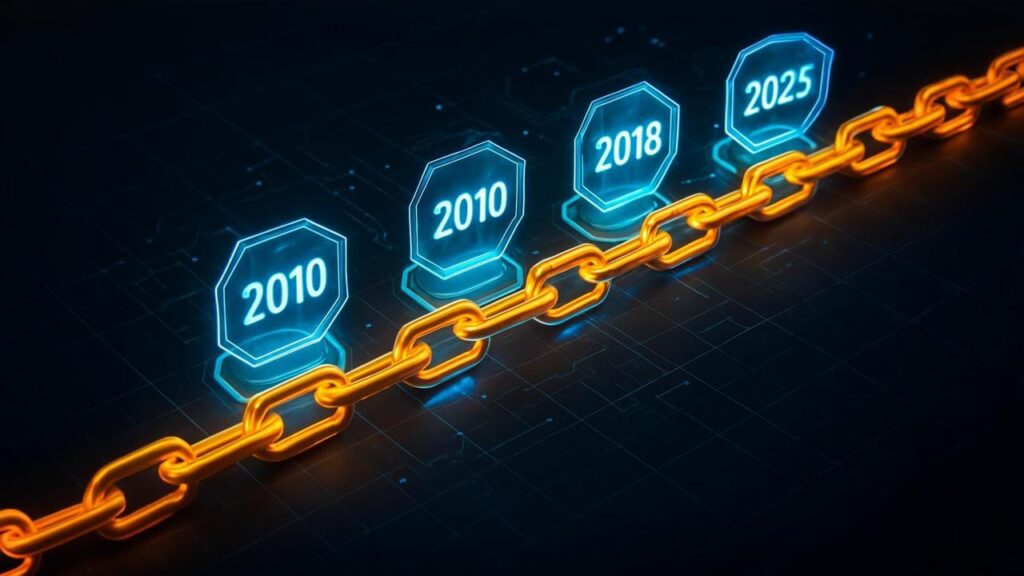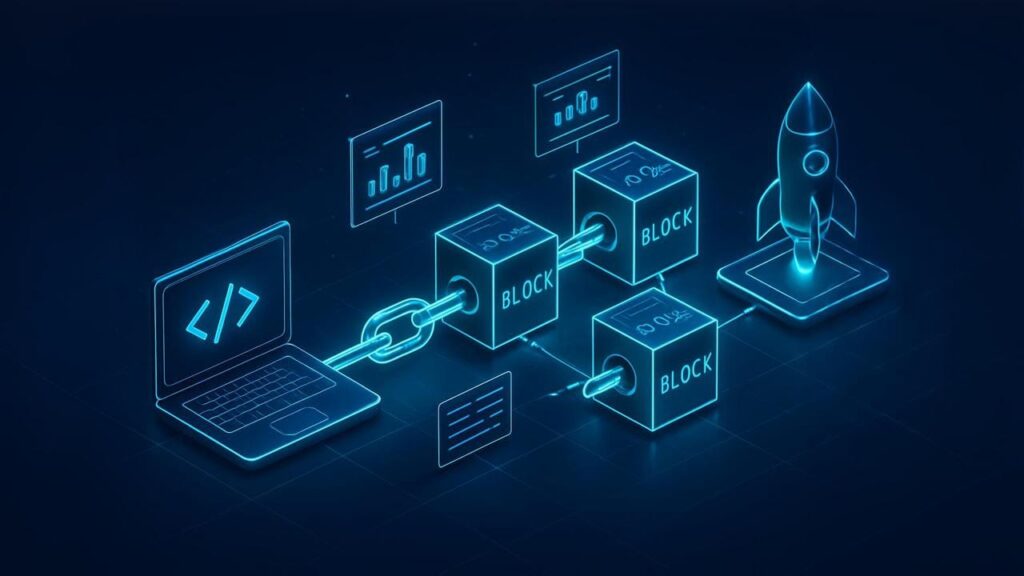What Are Smart Contracts? A Beginner’s Guide for August 2025
As of August 27, 2025, smart contracts are gaining traction in the crypto world, especially after yesterday’s market volatility underscored their role in secure, automated transactions. These self-executing contracts, coded with agreement terms and deployed on blockchains, execute automatically when conditions are met, bypassing intermediaries like banks or lawyers. This guide breaks down smart contracts for beginners, exploring their mechanics and relevance in today’s digital economy.
Whether you’re new to crypto or curious about decentralized tech, understanding smart contracts is key. Following Bitcoin’s flash crash to $110,000 on August 26, they’re proving vital in DeFi recovery. Let’s dive in.
The Evolution of Smart Contracts
The idea of smart contracts emerged in 1994 when Nick Szabo envisioned automated agreements, akin to a vending machine’s logic. Ethereum’s 2015 launch, with Solidity, made them a reality, and today, they thrive on Ethereum, Solana, and BNB Chain. Post-August 26’s dip, layer-2 solutions like Polygon have boosted scalability, while AI integration—missed by older guides—is shaping 2025 trends.
For blockchain basics, explore What is blockchain.

How Smart Contracts Work
Smart contracts rely on “if-this-then-that” logic, automating trust on blockchains. Here’s how:
- Coding: Written in Solidity, e.g., “If 1 ETH is sent, transfer an NFT.”
- Deployment: Uploaded to a blockchain, becoming immutable.
- Execution: Triggers when conditions are met, like escrow releases.
- Recording: Validated via Proof of Stake and logged transparently.
Oracles (e.g., Chainlink) provide external data, a focus after August 26’s market shifts. Learn about consensus in Consensus mechanisms.

Benefits of Smart Contracts
Amid 2025’s volatility, smart contracts offer:
- Efficiency: Instant execution, critical post-August 26 liquidations.
- Cost Savings: No intermediaries, reducing fees.
- Transparency: Immutable records ensure trust.
- Security: Distributed encryption resists hacks.
- Accuracy: Minimizes errors in automation.
These align with blockchain growth, detailed in Distributed ledger technology explained.
Challenges of Smart Contracts
Smart contracts face hurdles:
- Immutability: Bugs can’t be fixed, risking exploits like the DAO hack.
- Scalability: High fees spiked on August 26, eased by layer-2.
- Legal Gaps: Varies by jurisdiction, with EU’s MiCA progressing.
- Oracle Risks: External data failures are a concern.
- Complexity: Requires coding, though no-code tools help.
Use audited platforms like Binance for safe DeFi entry.
Real-World Applications in 2025
Smart contracts are transforming industries:
- DeFi: Aave’s Aptos expansion boosts lending.
- NFTs: OpenSea automates royalties.
- Supply Chain: IBM tracks goods amid market shifts.
- Insurance: Etherisc handles payouts.
- Gaming: Axie Infinity powers assets.
- Yield Farming: Uniswap facilitates staking.
AI-driven predictive markets are a 2025 trend. Start on OKX.

The Future of Smart Contracts
Post-August 26, smart contracts will drive Web3 and DAOs, with bridges like Wormhole enabling cross-chain use. Quantum-resistant tech and regulations (e.g., EU’s MiCA) are key. Beginners can use Bybit.
Frequently Asked Questions (FAQ)
What’s the difference between smart contracts and traditional contracts?
Smart contracts automate on blockchain; traditional ones need human oversight.
Are they secure after recent dips?
Yes, with audits—try Phemex.
How to learn more?
Start with What is blockchain or Crypto Trading for Beginners.
Conclusion: Embrace Smart Contracts in 2025
Smart contracts are vital in 2025’s crypto recovery, offering efficiency and security. Begin on Binance. Explore more with What is blockchain or Crypto Trading for Beginners.
This article is for informational and educational purposes only, and is not investment advice. Consult a financial expert before crypto decisions.
